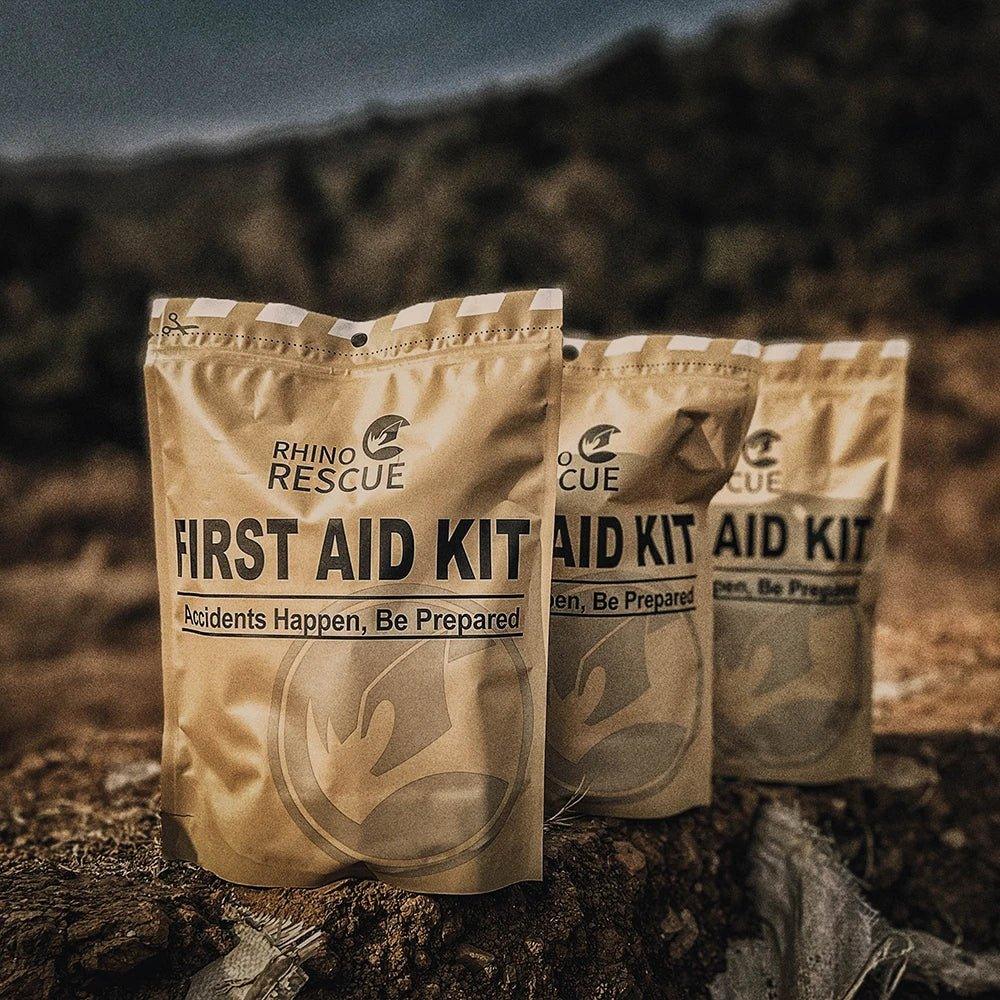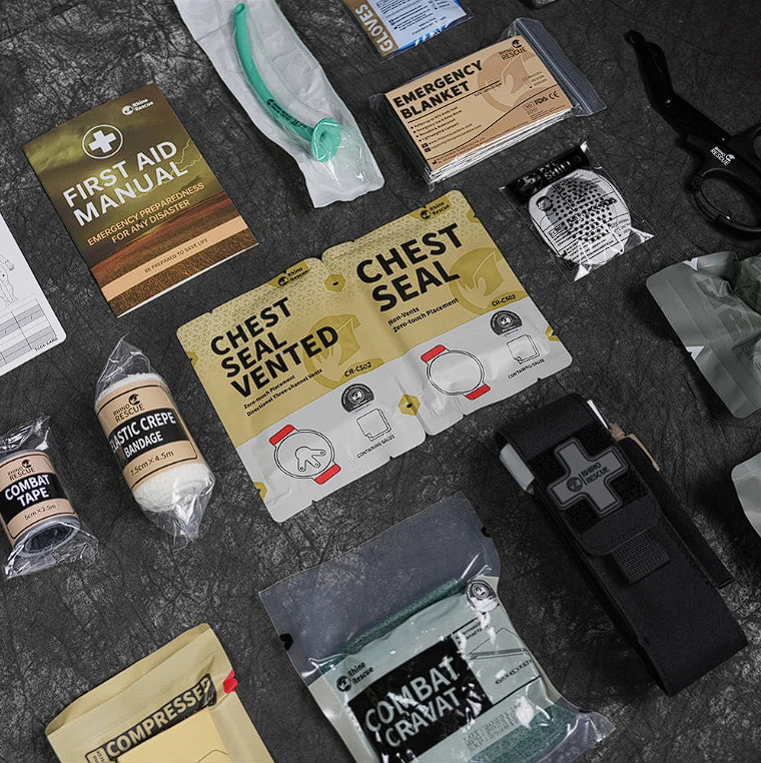No matter how much you've prepared for your outdoor adventure, there's always the possibility that you'll find yourself in a lost situation. In times like these, having basic orienteering skills can make the difference between panic and confidence in your ability to find your way back. Learning orienteering techniques without relying on a compass can be essential to your safety and well-being in the wilderness.
1. Observe the Natural Signs:
Nature is full of subtle clues that can point you in the right direction. The sun is a valuable resource: the sun's position changes throughout the day and can help you identify the direction east in the morning and west in the evening. You can also look at the direction trees and plants grow, as they tend to lean towards the light source.
2. Use the Watch as a Solar Compass:
If you have an analog watch, you can use it as a makeshift sun compass. Point the hour hand toward the sun and the bisector between the hour hand and 12 o'clock will point you south in the northern hemisphere. In the southern hemisphere, the bisector will point north.
3. Find North with a Stick and a Shadow:
Insert a stick into the ground and mark the tip of its shadow with a stone. Wait about 15 minutes and mark the tip of the new shadow. Draw a straight line between the two marks and that line will point from west to east. By placing your feet on the first mark and facing the line, you will be facing north.
4. Use Reference Points:
If you recognize nearby mountains, rivers, or geographical features, you can use them as reference points to keep a general idea of your position and direction.
5. Stars and the Moon:
At night, the stars can be an excellent guide. The Celestial North Pole is close to the North Star, which can help you find north. Additionally, the moon can be helpful, as it usually rises in the east and sets in the west.
Never underestimate the importance of learning these basic orienteering techniques. Practicing them in a controlled environment will prepare you to face lost situations with greater confidence and peace of mind. Remember to also carry a map with you, if possible, and learn to read it to complement your orienteering skills. With knowledge and practice, you will be better prepared to venture into the wilderness safely and without worry.





0 comments